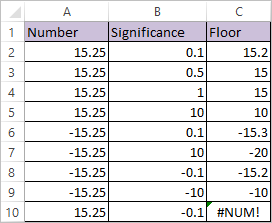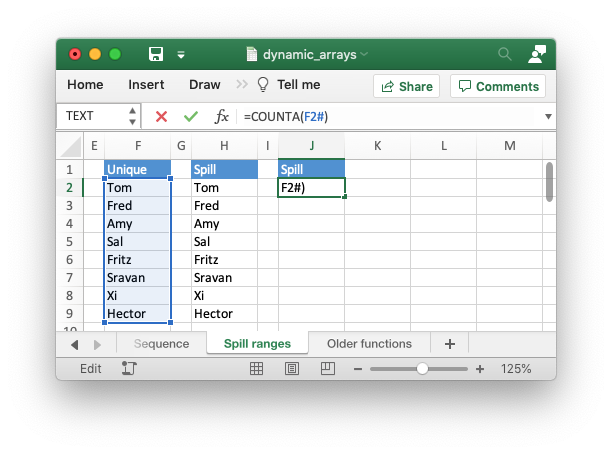

Once this is complete, Excel will add and subtract the remainder of your formula.

It then performs multiplication or division calculations. If a part of the formula is in parentheses, that part will be calculated first. To edit a formula, click in the formula bar and change the formula.Įxcel uses a default order in which calculations occur. When you select a cell, Excel shows the value or formula of the cell in the formula bar.ġ. This is one of Excel's most powerful features! Edit a Formula Tip: instead of typing A1 and A2, simply select cell A1 and cell A2.Įxcel automatically recalculates the value of cell A3. To let Excel know that you want to enter a formula, type an equal sign (=). To enter a formula, execute the following steps.Ģ. In most programming languages, the simplest method to convert a floating point number to an integer does not do floor or ceiling, but truncation.For example, cell A3 below contains the SUM function which calculates the sum of the range A1:A2. Int function from floating-point conversion in C Mahler has proved there can only be a finite number of such k none are known. The fractional part is the sawtooth function, denoted by ? In some sources, boldface or double brackets ⟦ x⟧ are used for floor, and reversed brackets ⟧ x⟦ or ] x Sometimes is taken to mean the round-toward-zero function.

Both notations are now used in mathematics, although Iverson's notation will be followed in this article. Iverson introduced, in his 1962 book A Programming Language, the names "floor" and "ceiling" and the corresponding notations ⌊ x⌋ and ⌈ x⌉. This remained the standard in mathematics until Kenneth E. The integral part or integer part of a number ( partie entière in the original) was first defined in 1798 by Adrien-Marie Legendre in his proof of the Legendre's formula.Ĭarl Friedrich Gauss introduced the square bracket notation in his third proof of quadratic reciprocity (1808).


 0 kommentar(er)
0 kommentar(er)
